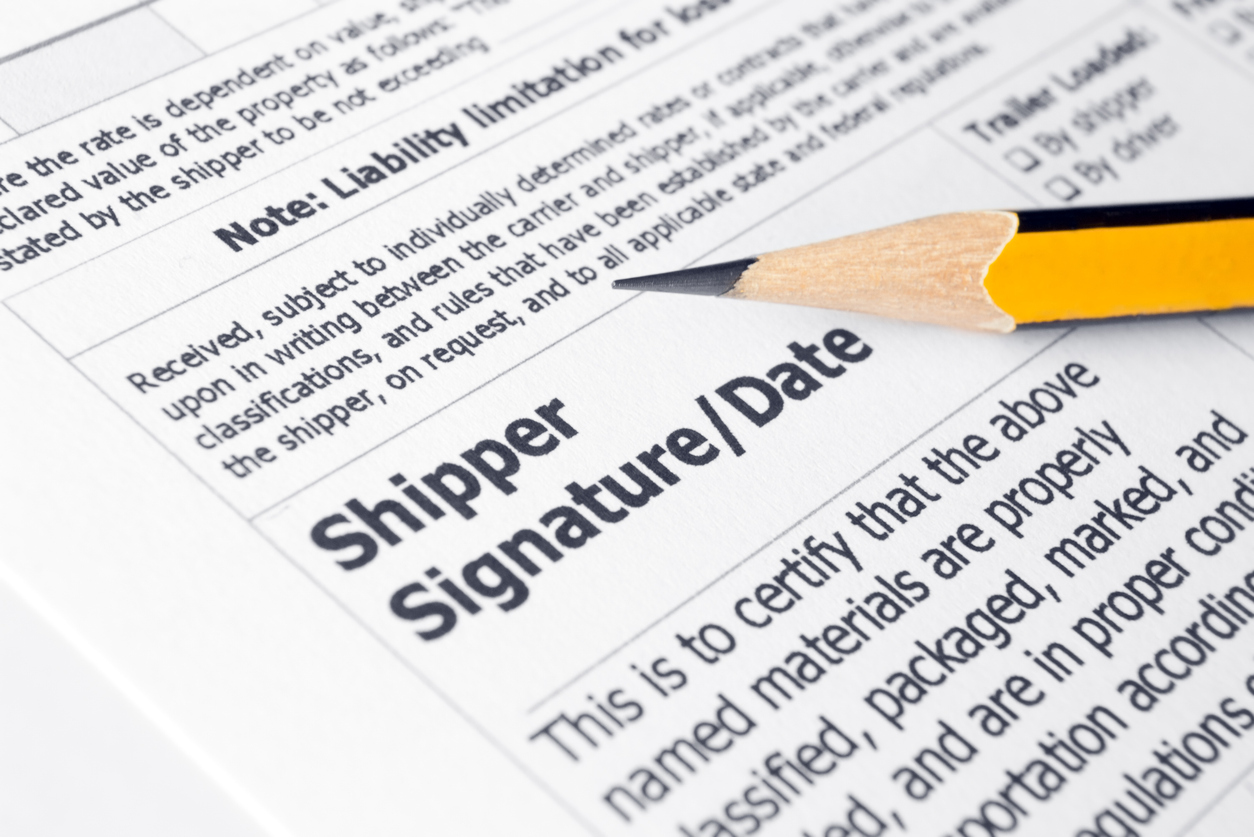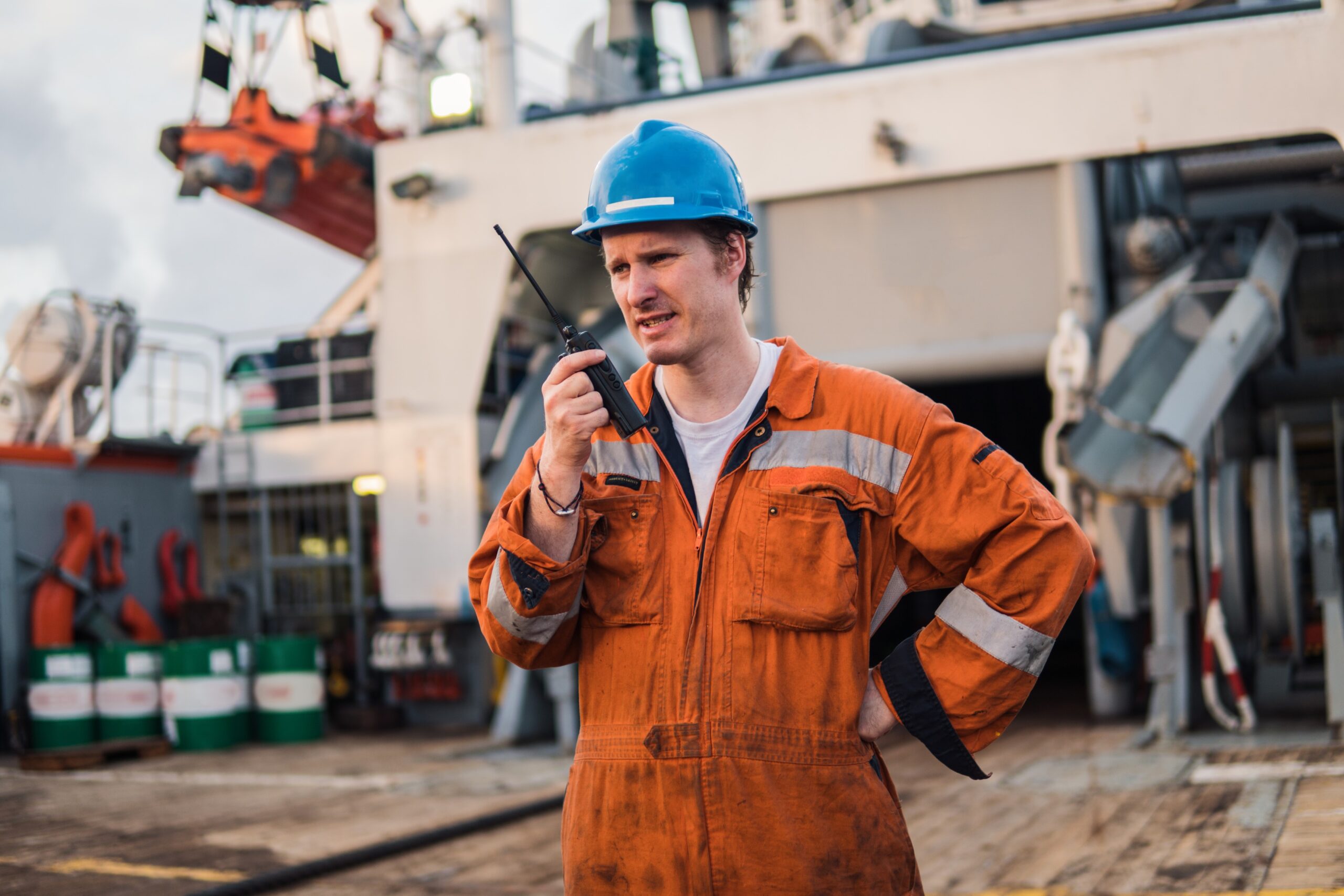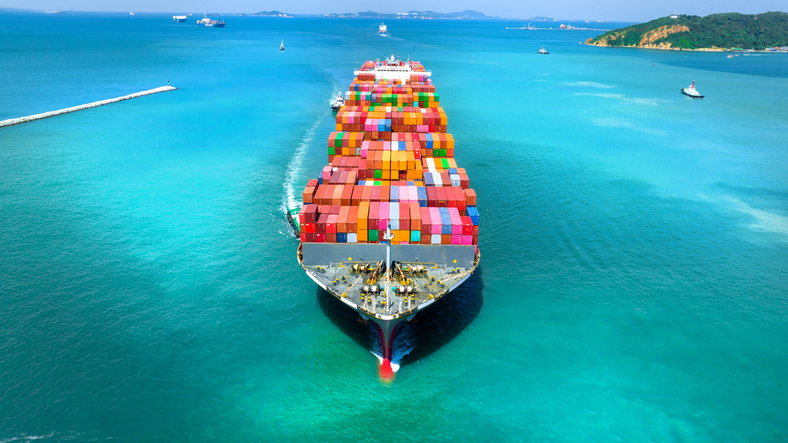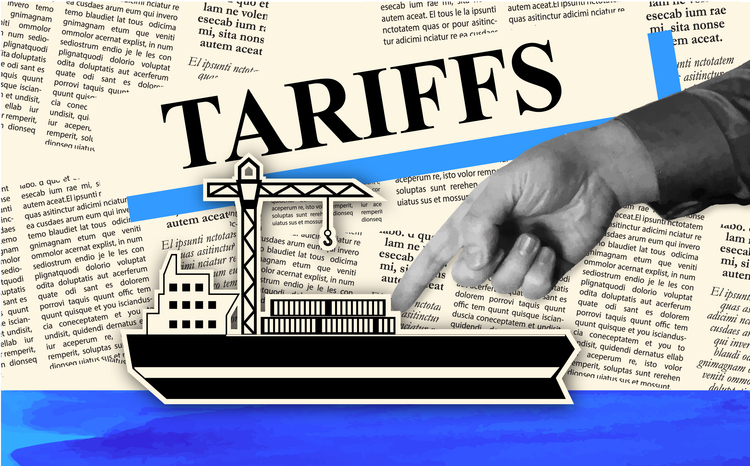Category: Blogs
-

Ammonia-Powered Ships: The Future of Sustainable Maritime Transport?
As the shipping industry grapples with mounting pressure to reduce its carbon footprint, the search for viable alternative fuels has become increasingly urgent. Maritime transport accounts for nearly 3% of global carbon dioxide emissions, and the International Maritime Organization (IMO) aims to cut these emissions by at least 50% by 2050. Amidst this transition, ammonia-powered ships have…
-

Maritime Cybersecurity and Cyber Risk Management: Safeguarding Ships and Systems
The maritime industry has long been a cornerstone of global commerce, as evidenced by discussions in the international marine forum, transporting nearly 90% of the world’s trade by volume. With the rapid digitization of ship systems and port infrastructure, cyber threats have become a fast and dangerous reality. Maritime operations are now heavily reliant on…
-

How to Join: Merchant Navy Pathways, Requirements, and Career Insights
The Merchant Navy is the perfect place for people who have dreamt of travelling the world, working on open seas instead of desks and experiencing new cultures around the world and constantly learning. With growing interest in global trade and commercial shipping operations, the demand for trained professionals in the maritime industry is higher than…
-

Cutting-Edge Ship Design Innovations: What’s Steering the Maritime Industry Forward?
Have you ever looked at a cargo ship or bulk carrier and wondered how old the vessel is? You wouldn’t be alone. Many vessels usually stay efficient for decades. However, behind those efficient steel hulls, the maritime industry is in the midst of a quiet revolution. Ship design today is being reshaped by technology, climate concerns, and a strong…
-

What is a Bill of Lading and Why is it Crucial in Shipping?
In fast-paced international shipping, accurate documentation is important for the smooth movement of goods across borders. One of the most critical documents in this process is the bill of lading. This document serves multiple purposes, including functioning as a receipt, a legal document of title, and evidence of a carriage contract. Understanding the bill of lading and its significance…
-

The Crewing Crisis: Retention of Employees in the Maritime Industry
The maritime industry is the backbone of global trade, ensuring the seamless movement of goods across international waters. A key part of this seamless movement is the crew working behind the scenes and onboard vessels. However, the shipping industry is seeing a growing challenge that threatens to disrupt global shipping—the increasing crewing crisis. A shortage…
-

Inventory of Hazardous Materials (IHM): An Overview
The shipping industry relies heavily on a range of materials to construct, maintain, and operate vessels efficiently. However, many of these materials are hazardous to human health and the marine environment. From asbestos in engine room insulation to lead and mercury in paints and batteries, hazardous substances are a necessary reality in shipbuilding. Comprehensive mechanisms…
-

How to Build a Successful Maritime Careers in the Marine Industry
Starting a maritime job offshore or onshore in the marine industry offers a unique mix of challenge, adventure, and long-term opportunities. As global trade continues to depend heavily on sea transport, the demand for skilled seafarers and marine professionals continues to increase. But for anyone to build a rewarding career in the maritime field, they…
-

How Container Shipping Companies Can Reduce Their Environmental Footprint
Container shipping is the backbone of global trade, responsible for transporting over 90% of the world’s goods using container vessels of all sizes. From the first ever container ship to today’s ultra large container ships, the industry has enabled the smooth flow of intermodal containers, dry cargo, and refrigerated containers. However, it comes at a…
-

Port Fees on Chinese Ships: Changing Tides in Global Shipping
In Jan 2025, the U.S. Trade Representative determined that China’s dominance of the maritime, logistics and shipbuilding sectors is unreasonable and burdens/restricts U.S. commerce and is therefore “actionable” under Section 301 of the Trade Act of 1974 (Section 301). In response to this, the USTR proposed taking action by imposing new port charges of up…